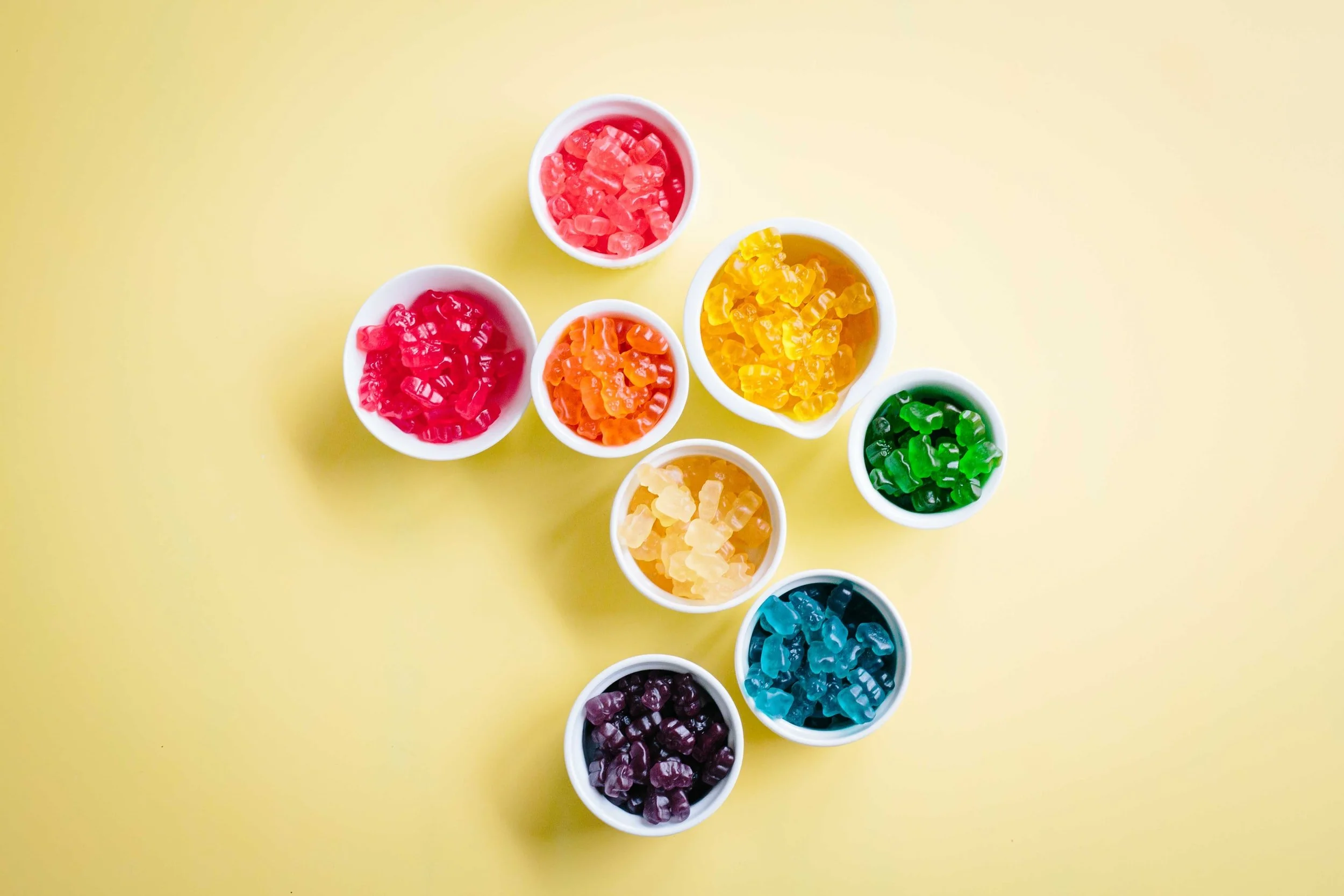The Science of Gelatin
Have you ever wondered what makes a gummy bear have its chewy and gummy texture? Here, we’ll explain the science and other fun facts of this common chemical.
Science of Gelatin
Gelatin is derived from the collagen in animal tissue, and it’s the only protein with the power to thicken liquids. Gelatin contains a protein called collagen, which gives strength to muscles, skin, and hair. To extract gelatin from the animal tissue, the skin is soaked in a dilute acid to unravel the protein bonds in the collagen.
When you mix gelatin in water, the proteins are interwoven causing the liquid to thicken. As the gelatin cools such as when you make jello, the protein strands twist together which creates the firm gel. Gelatin is hygroscopic (it absorbs and retains water easily), so it’s best to store it in an airtight container in a dry, well-ventilated area.
Vegetarian Substitutes
The majority of vegetarian substitutes for gelatin are made from carbohydrates rather than proteins. The most common vegetarian gelling agents are agar agar and Irish moss which are both a form of seaweed. Agar agar works much like gelatin in that it’s soaked in cold water and dissolved in hot liquid. The main difference for the cook is that gels made with agar must be boiled to completely dissolve the carbohydrates, whereas gels made with gelatin actually weaken if the mixture is boiled.


